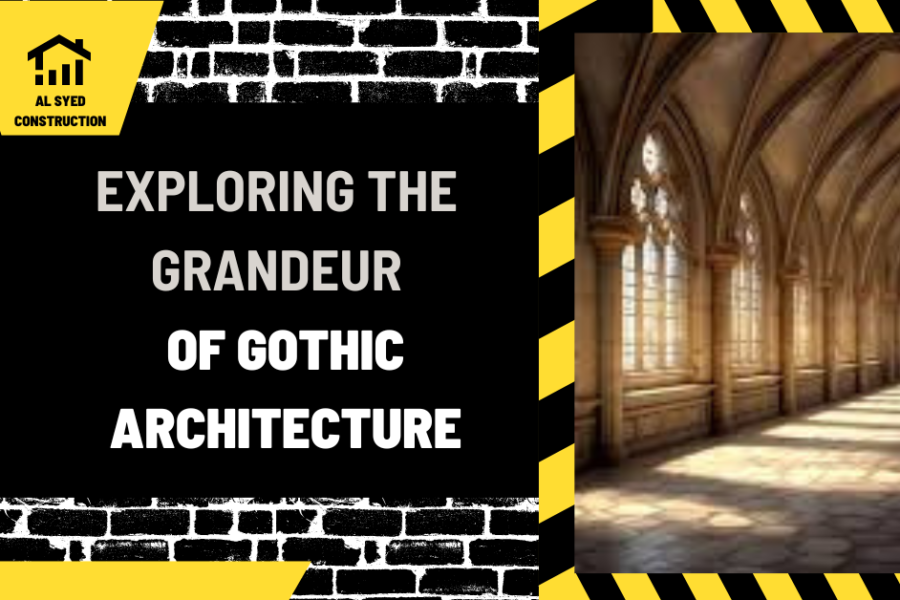Exploring the Grandeur of Gothic Architecture
Gothic architecture, with its soaring spires, intricate stone tracery, and dramatic vaulted ceilings, is a style that has captured the imagination of people for centuries. This architectural style, which emerged in the 12th century in France and spread throughout Europe, is renowned for its use of light and height to create spaces that inspire awe and reverence. In this article, we will delve into the key features of Gothic architecture, its history, and its enduring legacy.
Table of Contents
Origins and Evolution
Gothic architecture emerged in the High Middle Ages, a period of great cultural and economic expansion in Europe. It evolved from the Romanesque style, which was characterized by thick walls, small windows, and a heavy, fortress-like appearance. The architects of the Gothic period sought to create buildings that were filled with light and had a sense of upward movement.
One of the defining features of Gothic architecture is its use of the pointed arch. Unlike the rounded arches of Romanesque buildings, the pointed arch allowed for greater height and the use of thinner walls. This innovation, along with the development of the ribbed vault and flying buttress, enabled Gothic architects to create buildings with soaring interiors and large stained glass windows.
Key Features
Pointed Arches and Ribbed Vaults
Pointed arches are a hallmark of Gothic architecture, allowing for greater height and the creation of larger windows. Ribbed vaults, which are formed by the intersection of two or more pointed arches, were used to support the weight of the roof and create a sense of verticality in the interior spaces.
Flying Buttresses
Flying buttresses are external supports that were used to transfer the thrust of the vaulted ceilings outward, allowing for thinner walls and larger windows. These buttresses often took the form of graceful, arched structures that added to the overall aesthetic appeal of Gothic buildings.
Stained Glass Windows
Gothic architecture is renowned for its use of stained glass windows, which were used to depict religious stories and figures. These windows served not only a decorative purpose but also a symbolic one, with the light streaming through them symbolizing the presence of the divine.
Legacy and Influence
The legacy of Gothic architecture can be seen in buildings around the world, from cathedrals to government buildings to universities. Its influence can also be seen in other art forms, such as literature, where Gothic fiction has its roots in the dark, atmospheric settings of Gothic architecture.
In conclusion, Gothic architecture is a style that has left an indelible mark on the architectural landscape of Europe and beyond. Its innovative use of light and height, along with its intricate detailing and ornamental features, continue to inspire awe and admiration to this day.




